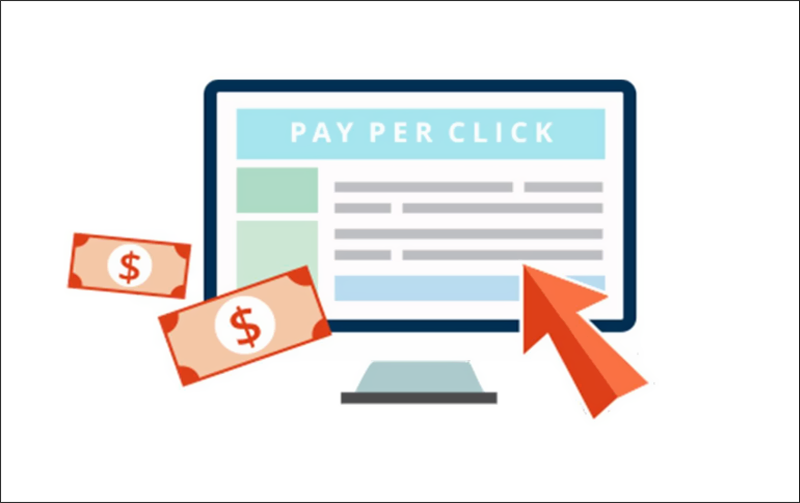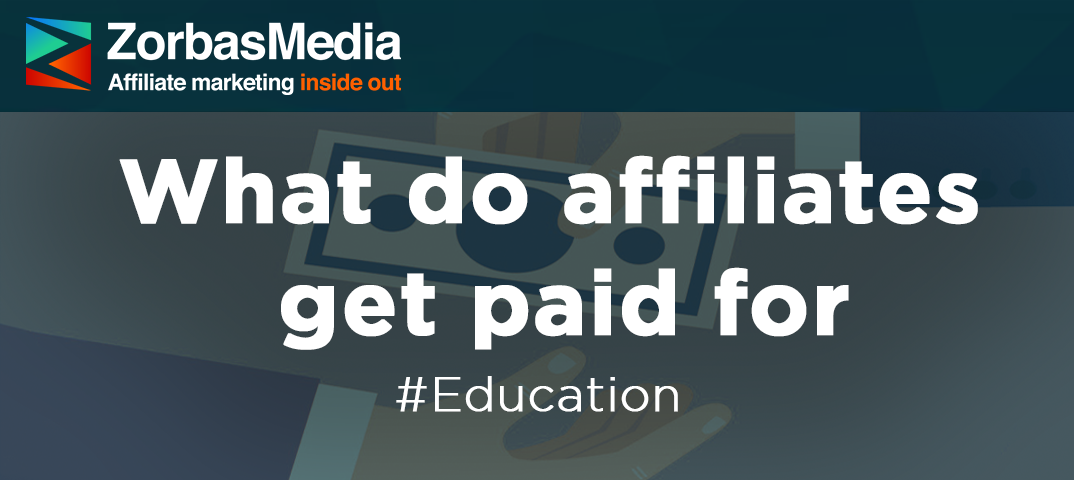Every year we see more and more new affiliate networks and offers on the market and that’s exactly what presents affiliates with a tough choice: which affiliate program is more profitable?
Payout model is one of the criteria that may prove helpful in choosing an affiliate program and planning further actions. It is important to understand what exactly will bring you money, because there are many options.
CPA: pay per action
CPA (Cost Per Action) is the most popular model nowadays and it is used by the majority of affiliate programs. In this model affiliates get paid when they deliver a specific action or result.
Actions may differ: selling, filing an application, registration, reaching a certain level in a game.
CPA-model is considered to be one of the most profitable and effective payout models. Everyone benefits from it: clients pay only for a specific result, affiliates can get unlimited income and stay independent.
If you are new to affiliate marketing CPA may be your best call.
CPS: affiliate gets money for orders paid
CPS (Cost Per Sale) – this model assumes payment for each sale. A distinctive feature of CPS is that payout is made only after full settlement with the client. For this reason, CPS has a large hold (more than 30 days), but suggests a significant reward for affiliates.

This Payout model is used in online stores affiliate programs. Usually a certain percentage of the purchase is paid, however in some cases the reward may be fixed.
CPO: confirmed or paid order
CPO (Cost Per Order) is often considered to be a sub-type of CPS with only one difference: payout is effected for an order that has been placed or paid.
In the first case, the webmaster needs the client to fill out and submit the order form on the online store website. In the second – the order is required to be confirmed by the manager (that is, in fact, CPS model itself).
Cost Per Order is often used to attract a large number of new partners.
CPI: payment for installation
CPI (Cost Per Install) model is widely used in mobile offers. It involves payment for the installation of mobile application or software by the user.
The model offers small payouts for the installation, but the total amount of payments is unlimited.

Model CPL / PPL (Cost Per Lead / Pay Per Lead) may be considered a variation of CPA, but it has some specific features. The model assumes payment for each completed registration form. It is widely used in online casinos, games and various services (for example, hotels or tickets search).
CPL: pay per lead
Model CPL / PPL (Cost Per Lead / Pay Per Lead) may be considered a variation of CPA, but it has some specific features. The model assumes payment for each completed registration form. It is widely used in online casinos, games and various services (for example, hotels or tickets search).
The maximum reward is paid for active registrations – when the user has submitted some additional information, confirmed the email or performed some actions on the website.
CPM: a fixed payment per impression
CPM (Cost Per Millenium), aka PPV (Pay Per View) involves payment for ad impressions (usually per 1000 impressions).
Such a model is rare, it is mainly used by big web portals and is largely unavailable for affiliates.
This model was adopted by affiliate marketing from the media field: it is a standard model for television and print advertising, in other words, campaigns for vast audience.
Only the bulk of impressions matters in CPM, the type of advertising is not important. That is why one needs a constant source of traffic to make money on this model.
PPC (CPC): pay per click
According to the PPC model (Pay Per Click), aka CPC (Cost Per Click), the advertiser pays for each click on the banner, text or link. The cost of each click is calculated based on the quality of traffic and some other parameters.

This model is familiar to many of us thanks to Google Ads. This model is less popular in affiliate programs, as the cost of one click is usually low. However, this model is suitable for webmasters who do not want to spend a lot of time optimizing the advertising campaign. It is enough to just place a banner on the website and start receiving passive income.
PPC (Pay-Per-Call)
Another marketing strategy is Pay-Per-Call. In this model publishers get paid for qualified calls they generate. That is done via creatives and messages that induce clients to call the advertisers for more information or order a product/service.
Affiliates working in PPC model get paid for every effected sale on the part of advertiser, in some cases they get commission for each call longer than a certain minimum duration (for instance, more than 90 seconds).
In our time of digital marketing tracking enables the affiliates to reach the level of individual leads. That allows to turn Pay-Per-Call into a very efficient marketing channel.
Lifetime: “lifetime” payment for purchases customer makes
Perhaps the most prestigious and the rarest model of all. Although in some educational affiliate programs there are referral programs in which webmaster gets a percentage of the purchases made by the user. However, the term of purchases is often limited to a few years.
The “classic” Lifetime model assumes that the advertiser completely delegates all the troubles to the webmaster.
Earnings in this case are very high, but there is a risk that after a while the owner of the affiliate network can change the terms of cooperation or the amount of payments.
Revenue Share: percentage of the revenues
With this model affiliate gets payout in percentage of the aggregate profit of the advertiser. For example, in online casinos it works as follows: client loses money gambling – affiliate gets a share of the money spent.

The disadvantage of this approach is that affiliate needs to attract permanent customers in order to receive a stable income. The benefit: manage that and your stable passive income is secured.
Mixed payout models
There are many so-called mixed models in affiliate programs. For example, money for clicks and impressions or clicks and sales at the same time. The size of the payout is often determined individually for each webmaster.
The list of models could be much longer: there are other less popular schemes. For example, Pay per Click Out, which involves payout for transitions to other sites from the advertiser’s website (it is used, for instance, on Momondo flight search service).
If you want to reach new GEOs and audiences, maybe it is all waiting for you on Telegram? We’ve prepared some material about Telegram audiences. What are the messenger’s users like this year? How old they are, what they do, and what they are interested in!





